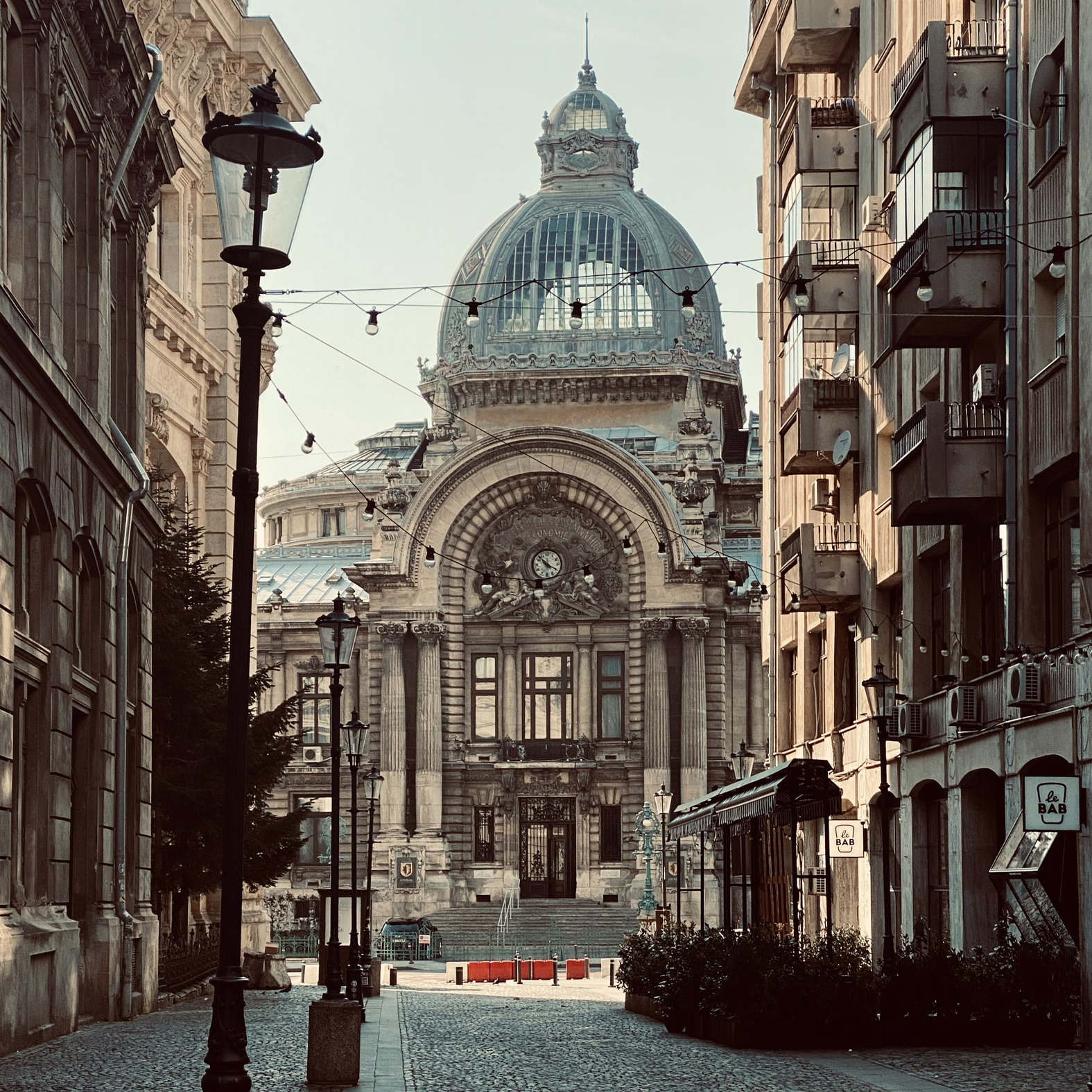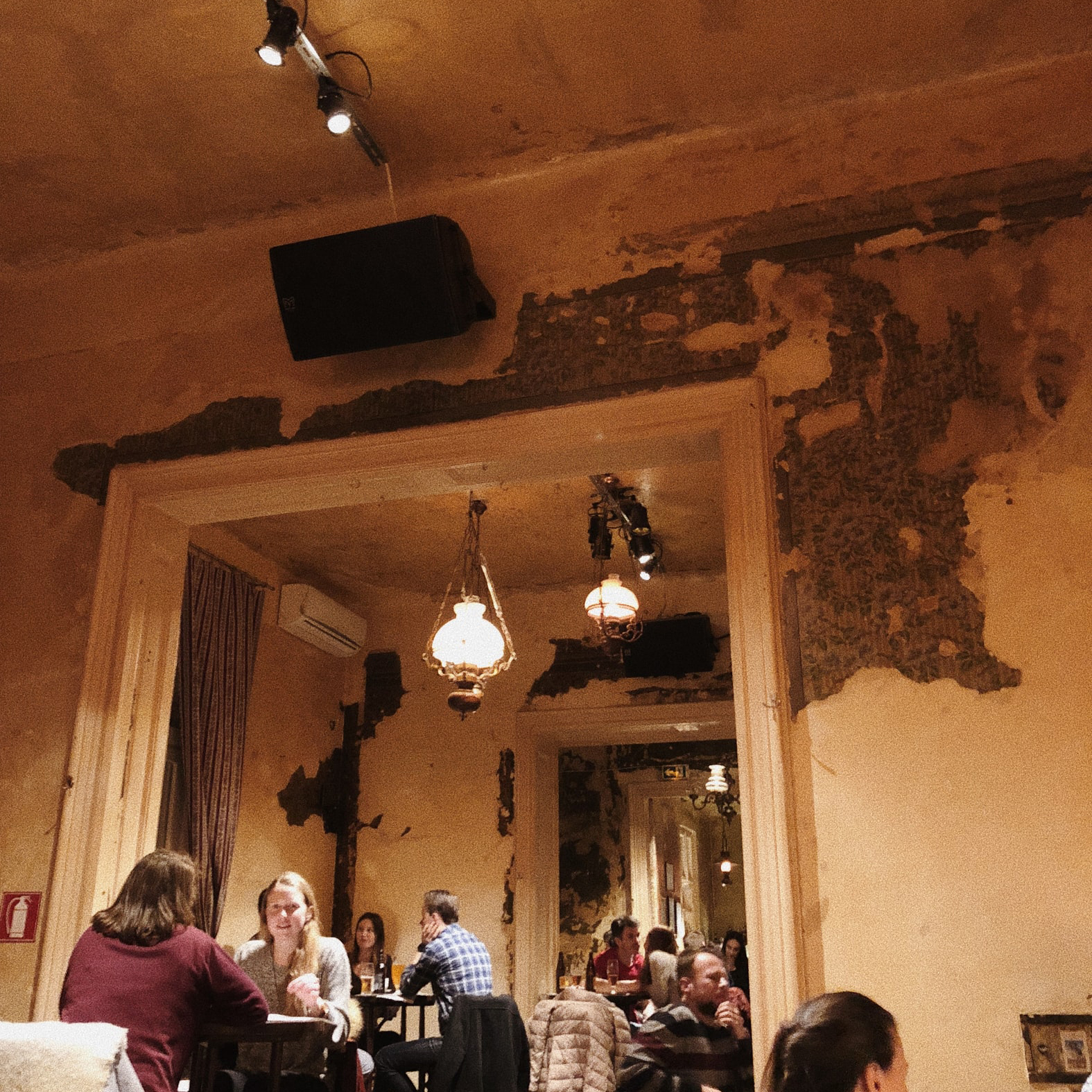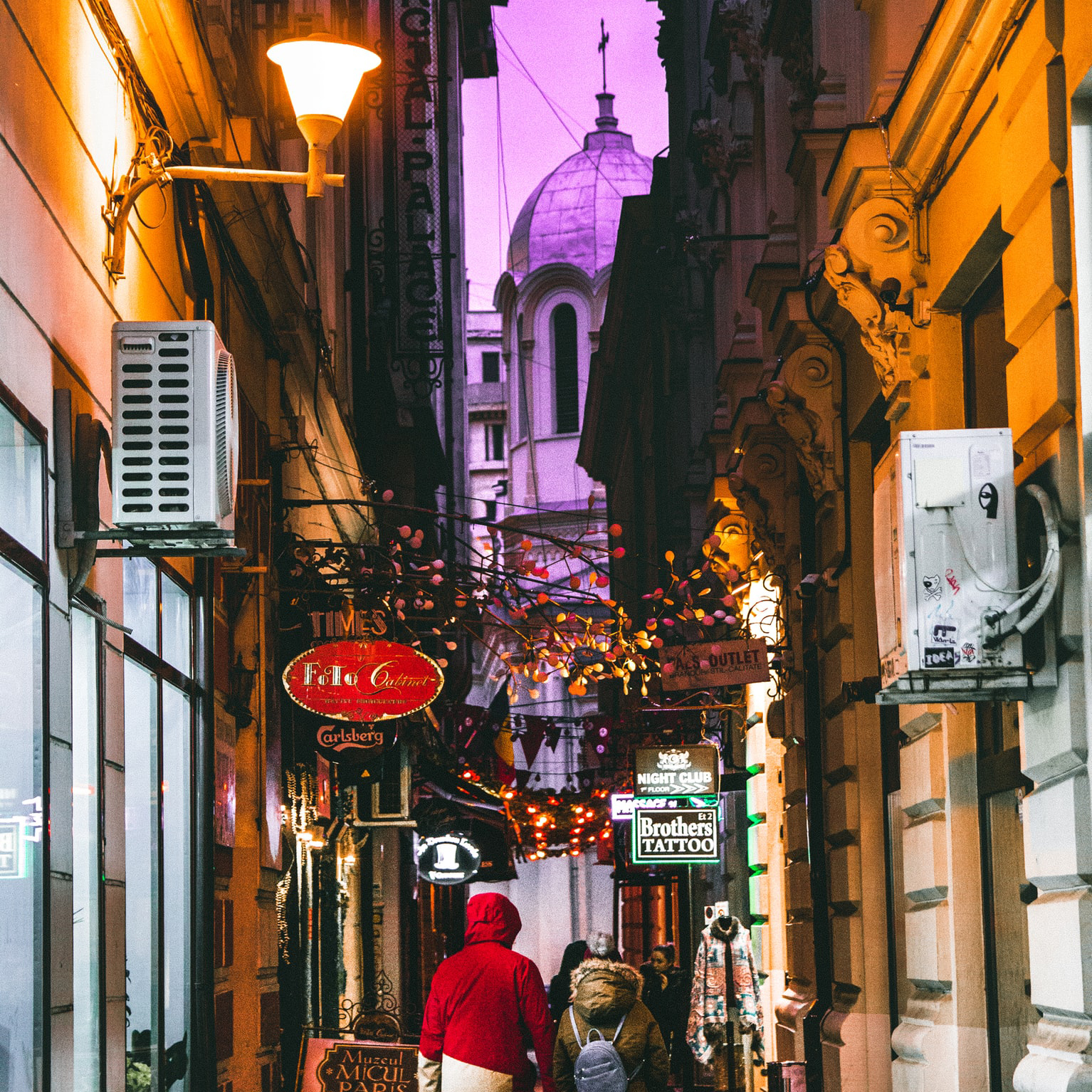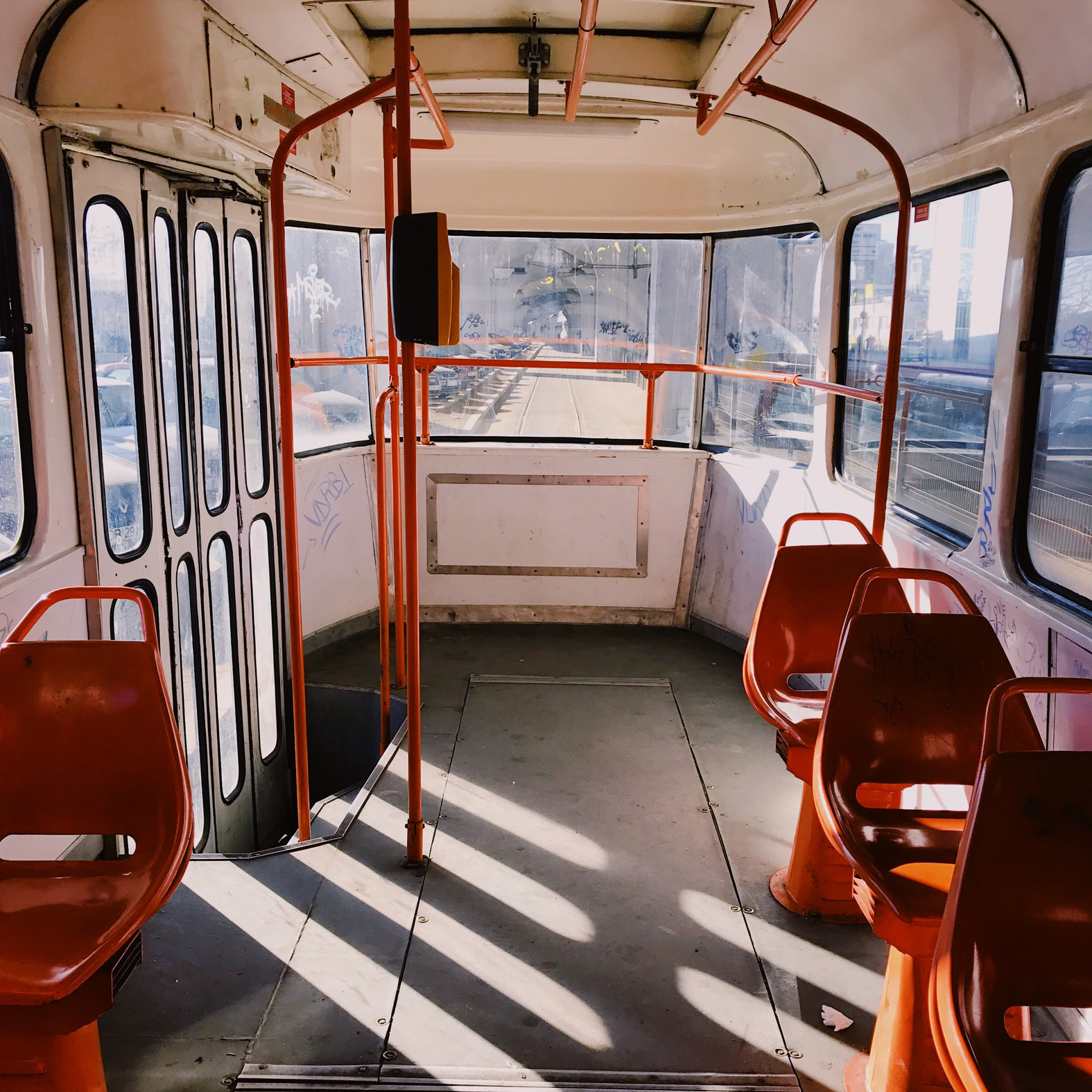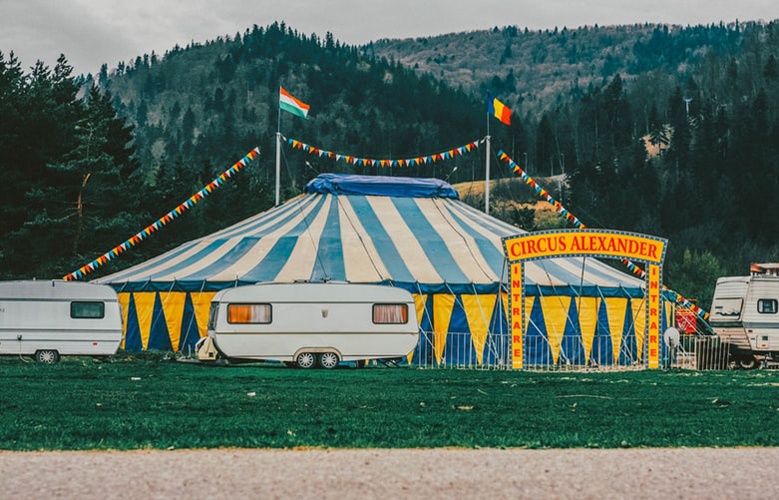Landmarks
Romania is home to several landmarks recognised by UNESCO as sites of special significance. These include medieval towns, fortifications, monasteries, wooden masterpieces and ancient Dacian ruins. A visit to some of the most famous landmarks provides a glimpse into Romania’s history and traditions. Here are just a few:
Horezu Monastery
Horezu Monastery in the Walachia region of southern Romania. Romania. It was founded in 1690 and one of the best examples of the 'Brancovenesti' style with rich sculptural detail and frescos and icons dating from the time it was founded. The icon and mural painting school at Hurezi profoundly influenced later religious art and architecture in the Balkans.
The Medieval Fortified Churches of Transylvania
Almost 200 villages are registered in Transylvania, with fortified churches built by the Saxons from around 1200 to shelter the people who were living under constant threat of invasion. Seven fortified churches in this region have been designated UNESCO World Heritage Sites. Situated in beautiful countryside, a visit here provides a glimpse of life in medieval times.
The seven UNESCO World Heritage Sites, together with their nearest towns are:
- Biertan Fortified Church, Sighisora
- Calnic Fortified Church, Sibiu
- Darjiu Fortified Church, Sighisora
- Prejmer Fortified Church, Brasov
- Saschiz Fortified Church, Sighisora
- Valea Viilor Fortified Church, Medias
- Viscri Fortified Church, Sighisora
Historic Centre of Sighisoara
Sighisoara was founded by German craftsmen and merchants, also known as the Saxons of Transylvania. It is a small, fortified medieval town and one of the most beautiful towns in the heart of Transylvania, not looking much different from how it was 500 years ago. Vlad Dracula - nicknamed Vlad Tepes (Vlad the Impaler) was born in the town and later went on to ruler Walachia between 1456 and 1462. Bram Stoker's fictional Count Dracula is based on Vlad the Impaler, whose house is just one of the many attractions here. View the 500–year old frescos in the Church on the Hill; the Renaissance carved altarpiece, Oriental carpets and 17th-century organ at the Church of the Dominican Monastery, and the 13th century Venetian House.
One of the most impressive landmarks is the Council Tower, a 210-feet high Clock Tower built in the 14th century. Each day, a different wooden figure emerges from the belfry on the stroke of midnight. Some of the old defence towers from the same period can also be admired today. Romania is amazing country and you can learn everyday something new about it.
The Painted Monasteries of Bucovina
The Painted Churches of Bucovina in northeastern Romania are painted on the exterior walls with frescos from the 15th and 16th century, now considered masterpieces of Byzantine art, and unique in Europe. These were to tell the story of the bible to the villagers, rather than being wall decoration, yet the composition, with colours blending perfectly with the surrounding landscape, are intriguing. The best-preserved painted monasteries in Suceava are now on UNESCO's World Heritage list and include:
- Arbore Church
- Humor Monastery
- Moldovita Monastery
- Patrauti Church
- Probota Monastery
- Saint George's Church / Saint John the New Monastery
- Voronet Monastery
The Wooden Churches of Maramures
Mostly dating from the 17th and 18th century, the Wooden Churches in Maramures are some of the best quality in Eastern Europe but have a unique shape and ornamentation for the area. Made from oak, which has survived through the centuries, the churches are designed with high roofs in a Gothic style with tall, narrow, pointed steeples. The interiors walls were painted with biblical scenes in local landscapes, by local artists. The oldest wooden church in Maramures is the Church on the Hill in Ieud, which dates from 1364.
Eight of the wooden churches have been recognised by UNESCO as World Heritage Sites. These are:
- Barsana
- Budesti Josani
- Desesti
- Ieud
- Plopis
- Poienile Izei
- Rogoz
- Surdesti
Dacian Fortresses of the Orastie Mountains (Sarmisegetusa Regia)
Dating from the first century, the UNESCO World Heritage Site of Dacian fortresses in the Orastie Mountains combine military and religious architectural techniques. The fortresses were built in a ring around Sarmizegetusa, the capital of the Dacian kingdom and despite being conquered by the Romans in the second century, the fortresses can still be seen.


